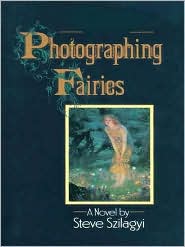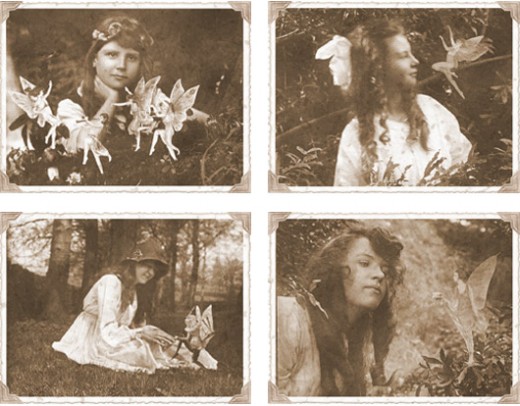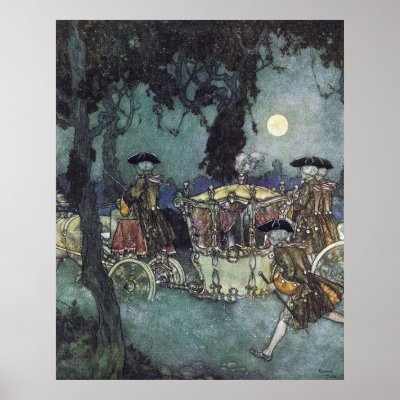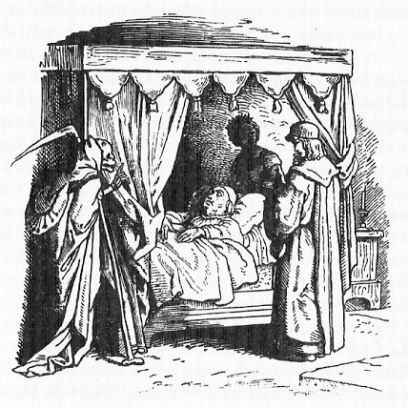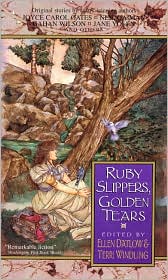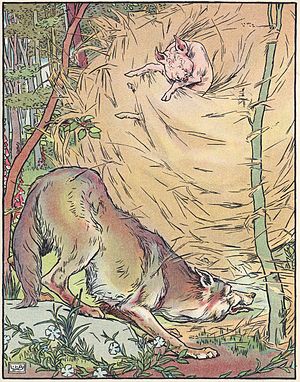
"If I can't blow it down," Wolf said,
I'll have to blow it up instead.
I'll come back in the dead of night
And blow it up with dynamite!"
Pig cried, "You brute! I might have known!"
Then, picking up the telephone,
He dialed as quickly as he could
The number of red Riding Hood.
"Hello," she said. "Who's speaking? Who?
Oh, hello, Piggy, how d'you do?"
Pig cried, "I need your help, Miss Hood!
Oh help me, please! D'you think you could?"
"I'll try of course," Miss Hood replied.
"What's on your mind...?" "A Wolf!" Pig cried.
"I know you've dealt with wolves before,
And now I've got one at my door!"
"My darling Pig," she said, "my sweet,
That's something really up my street.
I've just begun to wash my hair.
But when it's dry, I'll be right there."
-This is just an exerpt from Roald Dahl's "The Three Little Pigs"-the full poem can be read at AllPoetry. Such a natural thing to combine The Three Little Pigs with Little Red Riding Hood, when you think about it. As you might expect with Dahl, the retelling is humorous as well as a bit morbid.
I'll have to blow it up instead.
I'll come back in the dead of night
And blow it up with dynamite!"
Pig cried, "You brute! I might have known!"
Then, picking up the telephone,
He dialed as quickly as he could
The number of red Riding Hood.
"Hello," she said. "Who's speaking? Who?
Oh, hello, Piggy, how d'you do?"
Pig cried, "I need your help, Miss Hood!
Oh help me, please! D'you think you could?"
"I'll try of course," Miss Hood replied.
"What's on your mind...?" "A Wolf!" Pig cried.
"I know you've dealt with wolves before,
And now I've got one at my door!"
"My darling Pig," she said, "my sweet,
That's something really up my street.
I've just begun to wash my hair.
But when it's dry, I'll be right there."
-This is just an exerpt from Roald Dahl's "The Three Little Pigs"-the full poem can be read at AllPoetry. Such a natural thing to combine The Three Little Pigs with Little Red Riding Hood, when you think about it. As you might expect with Dahl, the retelling is humorous as well as a bit morbid.
Image by Leonard Leslie Brooke


























